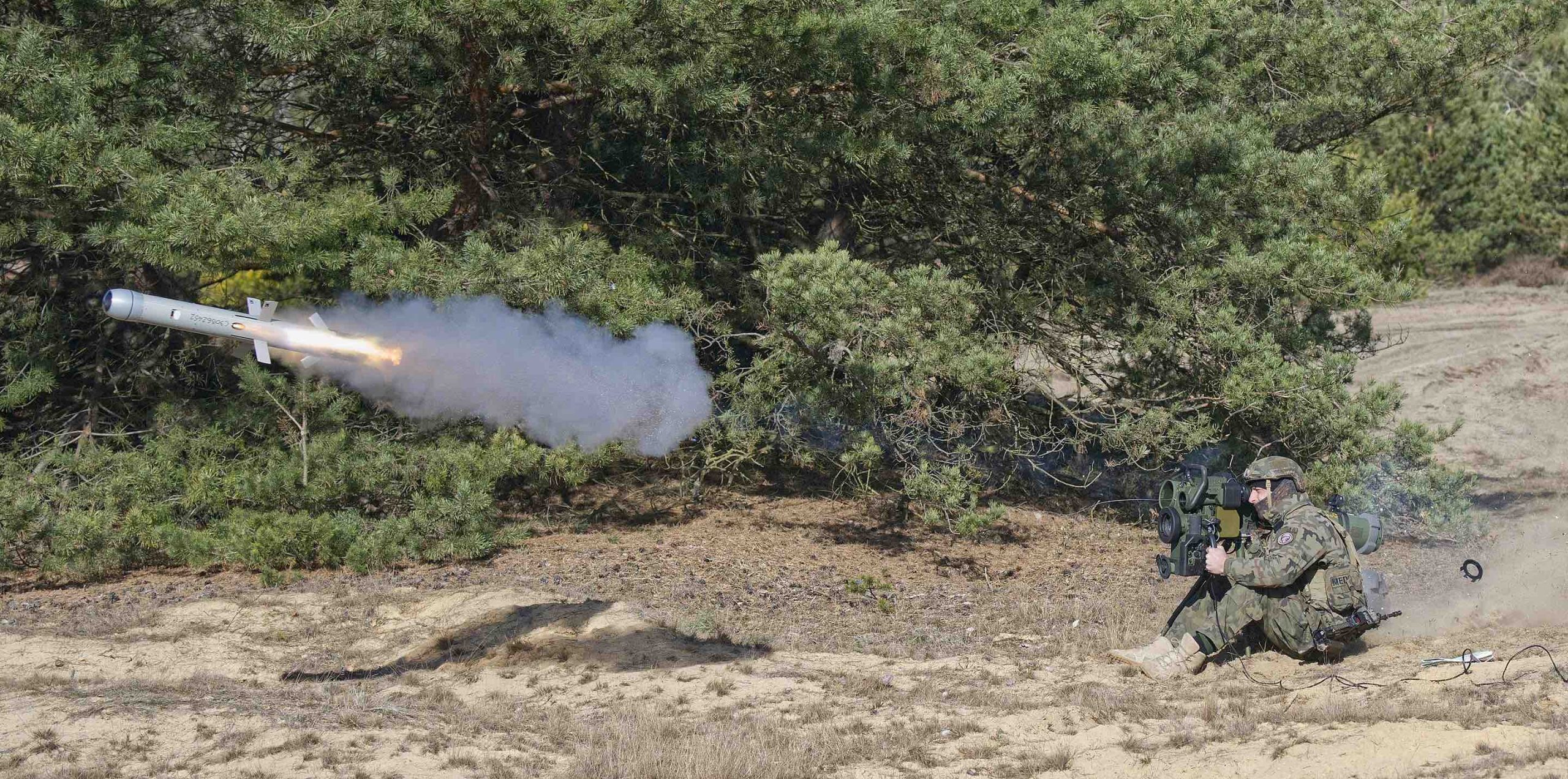


Officials in Warsaw confirmed that output of 155mm and 120mm shells – the lifeblood of modern artillery warfare – will surge from 30,000 units per year to between 150,000 and 180,000. The expansion, spearheaded by Poland’s state-run Polish Armaments Group (PGZ), is being framed not only as a military necessity but as a national security imperative to reduce reliance on foreign suppliers.
The announcement comes as defence ministries across Europe confront the uncomfortable reality that their stockpiles are alarmingly low after two years of arming Ukraine. According to estimates from NATO logistics sources, some frontline European states could exhaust their reserves in under a week of high-intensity warfare, a scenario increasingly viewed not as hypothetical, but plausible.
“This is no longer about Ukraine alone,” one Polish defence official told this website on condition of anonymity “We are now preparing for the possibility that deterrence fails and that we, too, may find ourselves in the line of fire. The time for half-measures is over.”
While several EU member states have signalled their intent to expand defence production, Poland has moved with uncommon speed and purpose. Last year, the government allocated record-breaking defence funds, raising military expenditure to over 4% of GDP – the highest rate in NATO after the United States.
A significant share of this funding is now being channelled into domestic arms production. The key goal: to escape the logistical chokeholds and lengthy procurement delays that have plagued Europe’s fragmented defence supply chains.
In the industrial heart of the Świętokrzyskie Voivodeship, PGZ’s Mesko plant has become the cornerstone of this new strategy. Once a modest manufacturer operating on peacetime cycles, the factory is now being retrofitted for round-the-clock operations. Hundreds of new workers are being recruited, and production lines are undergoing major automation upgrades.
Company officials say they are targeting output parity with leading producers in South Korea and the United States by the end of 2026. “We are entering a phase of strategic acceleration,” said Mesko director Michał Rakowski. “Poland must never again depend on foreign governments to resupply us in the middle of a crisis.”
The move reflects lessons drawn directly from the war in Ukraine, where artillery continues to dominate the battlefield. Ukrainian forces, supplied heavily by Western stockpiles, have routinely fired between 5,000 and 7,000 shells per day – a rate far outpacing the peacetime manufacturing capacity of most European states.
“Wars are now won not just by brave soldiers, but by factories,” said Colonel Marek Socha, a retired Polish artillery officer. “We cannot afford to run out of ammunition in a week and then wait months for deliveries from overseas.”
Indeed, defence planners warn that traditional reliance on US and Korean suppliers has become increasingly risky. Washington is preoccupied with its own Pacific ambitions and an unpredictable president. Meanwhile, South Korea is already stretched thin by export commitments to Ukraine, Poland, and other NATO allies.
Poland’s artillery surge also serves as a quiet indictment of Brussels’ continued failure to establish a coordinated EU-wide defence industrial policy. While the European Commission has launched procurement frameworks such as the ASAP and EDIRPA initiatives, implementation has been sluggish and hampered by political infighting over budgetary control and national sovereignty.
Warsaw, never shy in challenging EU orthodoxy, has instead opted to go it alone – or at most in partnership with close allies like the Baltics and Finland. “We cannot wait for the usual EU paralysis to clear,” said a senior official at Poland’s Ministry of National Defence. “Security is a national responsibility, not a talking point.”
For Poland’s conservative government, this ramp-up is about more than steel and shells. It is a message – to Moscow, that the country will not be cowed by the Kremlin’s sabre-rattling; and to Brussels, that Eastern Europe is no longer content to be a junior partner in continental security.
Jarosław Kaczyński, leader of the ruling Law and Justice party, recently declared that “Poland must be the shield of Europe.” His words, once dismissed as nationalist posturing, now echo with hardening conviction across European capitals.
Warsaw’s posture is drawing growing attention in Berlin and Paris, where leaders face pressure to match Poland’s defence mobilisation but remain mired in post-pandemic fiscal constraints and domestic political fatigue.
With Germany still struggling to implement its €100 billion Zeitenwende pledge and France focused on its overseas commitments, Poland’s artillery boom could tilt the balance of military influence in Europe’s east-west axis.
As Europe navigates the most volatile security environment since the Cold War, Poland’s decision to massively scale up artillery production marks a watershed moment. What was once the preserve of NATO coordination and multinational deliberation is rapidly becoming a matter of national urgency and industrial willpower.
In a continent often paralysed by bureaucracy and inertia, Poland is choosing action. Whether Europe follows its lead may determine not only the outcome of the war in Ukraine, but the fate of Europe’s security architecture for decades to come.
Main Image: – Own work, via Wikipedia